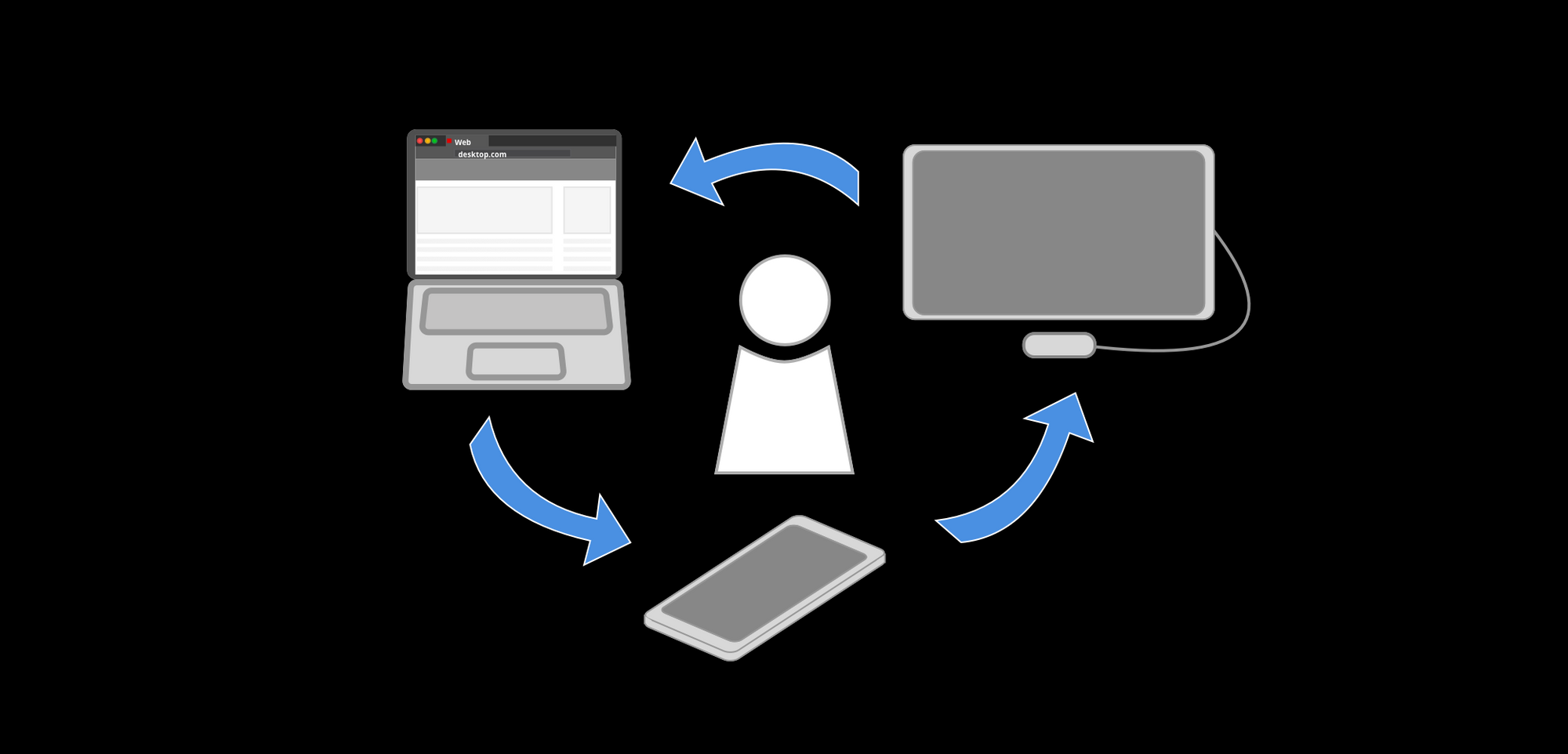Last week, Google announced that publishers can start sharing PPIDs with Google programmatic demand. In a world increasingly starved of user identifiers, advertisers on Google DV360 will welcome the privacy-compliant features that PPIDs unlock.
If you do not know what a Publisher Provided Identifier (PPID) is or want to brush up on the subject, check out my PPID Explained article:

TLDR: PPIDs are identifiers tied to individual user logins. So if I log in to a publisher's website, mobile app, or CTV app, they can assign me to PPID = 1234. Now I am user '1234' no matter which platform I log in on. Publishers and advertisers can then use the PPID value in place of a cookie, device ID, or IP address for various ad serving features.
What did Google announce?
Google will allow publishers to share PPIDs via Google Ad Manager (GAM) with advertisers on Google DV360 to enable certain features that require a user identifier. The intriguing part is that DV360 will aggregate the PPIDs across all publishers to scale first-party data activation.
First-party data has a scale problem, and Google is looking to solve that. Data providers can source third-party data across many publishers, but first-party data usually stays within the context of a single publisher, limiting scale.
PPIDs are stable and accurate identifiers since publishers tie them to user logins, but many publishers lack the scale required to turn them into useful audience segments for advertisers. Google will now allow publishers to pool together their first-party data based on PPIDs with other publishers on GAM to eliminate scaling issues.
Google says they will never pass the actual PPID value and will instead turn them into "per-publisher partitioned IDs, so users cannot be identified across other publishers’ sites and apps." Partitioning the data also ensures no data leakage occurs, which would devalue publisher first-party data.
Google has run beta tests with publishers and found success in terms of revenue lift:
In our initial experiments, we observed that Beta partners experienced an increase of 15% or more in programmatic auction revenue when passing PPIDs in inventory without other identifiers.
Google did not detail exactly how the feature works in the announcement, but conceivably, publishers could place users into standardized sets of audience segments that advertisers could then target. These segments would contain PPIDs across many publishers.
For example, if you own a website breaking down the latest Detroit Lions news (God help you), you could place all your users (PPIDs) into a standard Google "NFL Enthusiasts" segment. Then your pals over on the Broncos, Cowboys, and Patriots blogs could do the same thing. Advertisers could then target the Google "NFL Enthusiasts" segment based on glorious first-party data tied to logged-in users.
Since PPIDs do not rely on cookies or device IDs, they are future-proofed from any cookie deprecation or device ID restrictions. Also, since Google will never share PPID values, user privacy is preserved.
What other features will PPIDs enable?
PPIDs also enable several other features that are sure to spark joy in the heart of advertisers.
Cross-device reach
Since publishers tie PPIDs to user logins, they inherently work cross-device. So advertisers can target the same user on any platform within the context of the same publisher.
Frequency Capping
A PPID is the most stable identifier a publisher or advertiser can have. Users can delete cookies or reset a device identifier, but a PPID does not change.
PPIDs offer a dream scenario for consumers tired of seeing the same ad over and over and advertisers sick of wasting spend on showing the same ad and annoying users. Also, cross-device frequency capping is built-in since publishers can persist PPIDs on every device.
Creative Optimization
Advertisers can dynamically update creatives based on data or other characteristics tied to a PPID.
Is there anything else I need to know?
Google wants everyone to know that they will never reveal the actual underlying PPID values, and the values cannot contain personal information or device IDs. In other words, privacy is top of mind in these trying times of data security and antitrust scrutiny.
Also, Google only offers audience segments based on PPIDs when no other identifier is present. Google does this to ensure that they do not devalue inventory containing cookie or device IDs in any way.
Are PPIDs the new hot new thing?
Google just made PPIDs hot, but they are not a new thing. Aggregating PPIDs to effectively scale first-party data is the real story here, and Google has the scale, wherewithal, and business / political motivations to make this happen.
PPIDs and first-party data offer a privacy-compliant way to enable data targeting and core ad-serving features. If Google wants to hasten the transition away from cookies and device IDs, then this move fits that strategy.
Photo by Carson Arias on Unsplash



